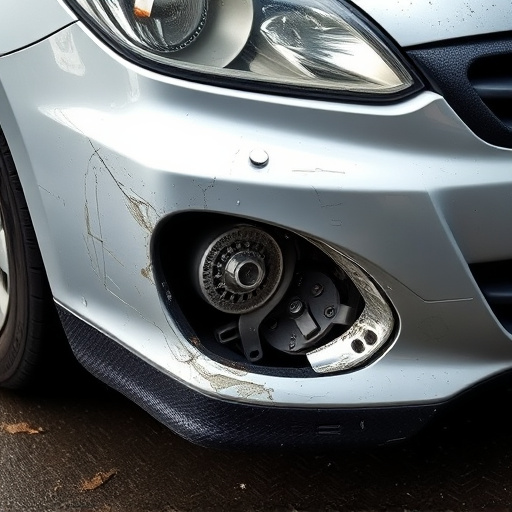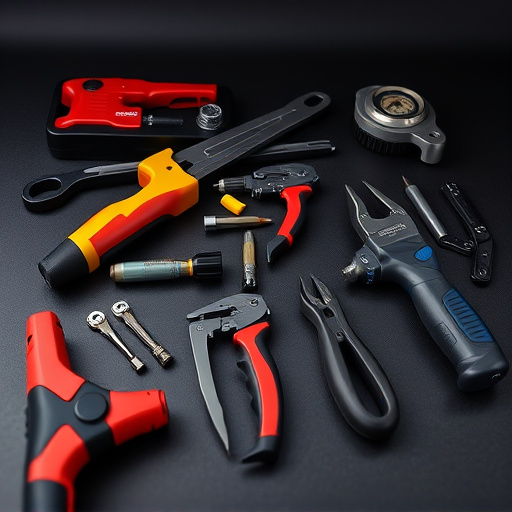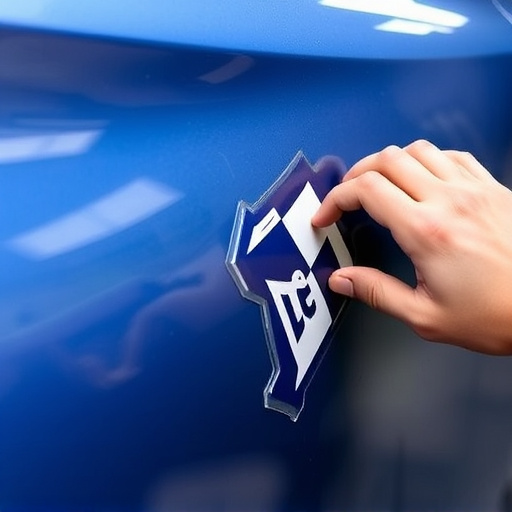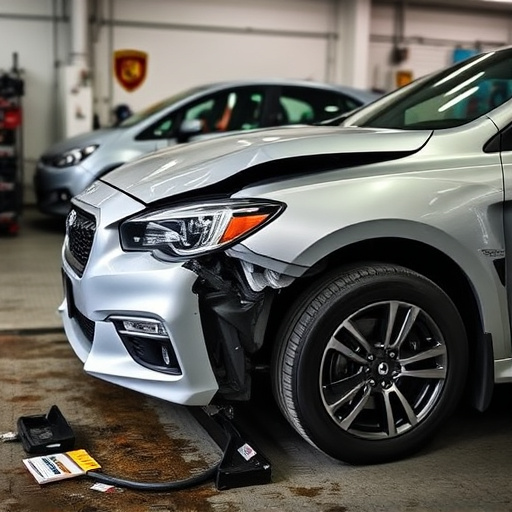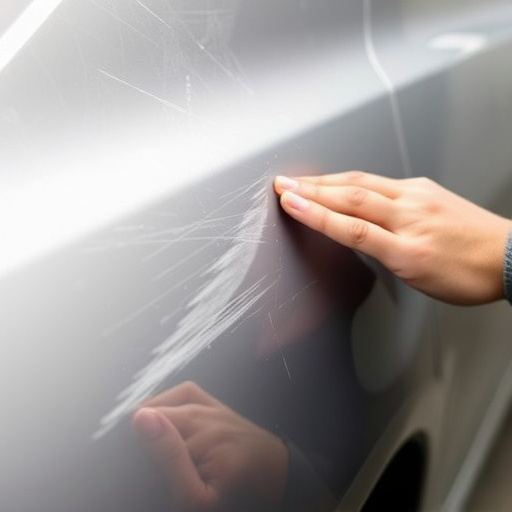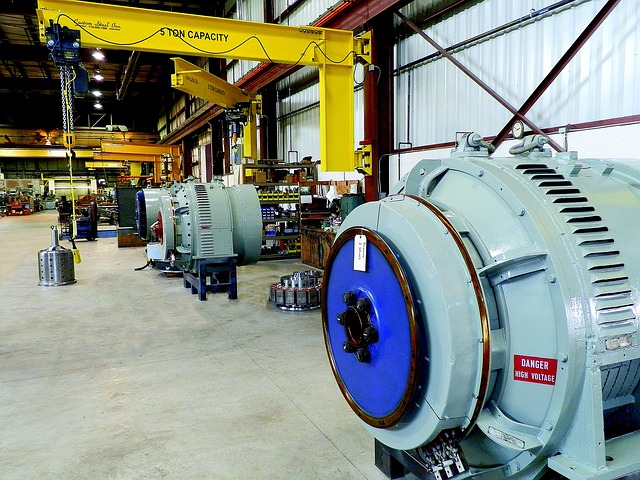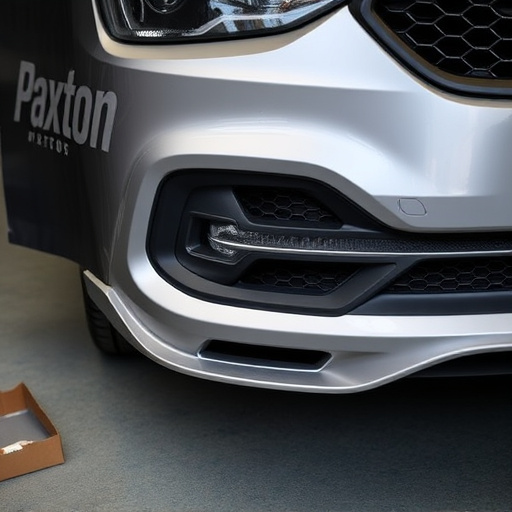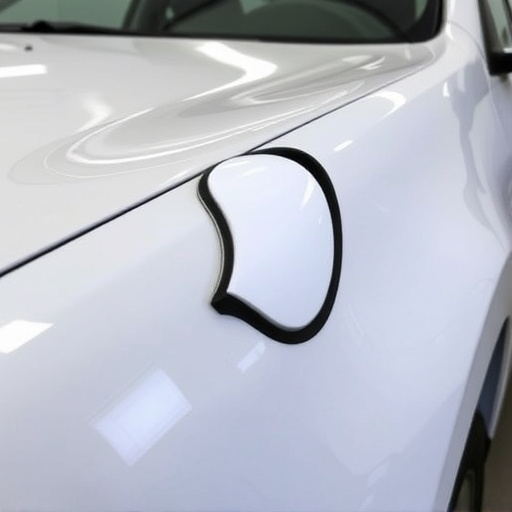The Tesla Air Suspension System enhances vehicle dynamics and comfort through compressed air adjustments at each wheel, requiring meticulous maintenance and timely repairs for optimal performance. Faulty sensors or modules lead to issues like irregular ride height and erratic behavior, which are identified through power checks, visual inspections, diagnostic codes, and careful replacement processes. Repair involves safely raising the vehicle, locating and removing old components, installing new ones securely, verifying connections, and testing the system's operation.
Tesla owners enjoy a unique driving experience thanks to their innovative air suspension system. However, like all complex mechanisms, it’s not immune to issues. When troubleshooting, one of the most common problems is faulty sensors or modules in the Tesla air suspension. This article guides you through understanding the intricate suspension system and offers a step-by-step repair guide for replacing these critical components, ensuring your Tesla continues to deliver a smooth and advanced ride.
- Understanding Tesla Air Suspension System
- Identifying Faulty Sensors or Modules
- Step-by-Step Replacement Guide
Understanding Tesla Air Suspension System
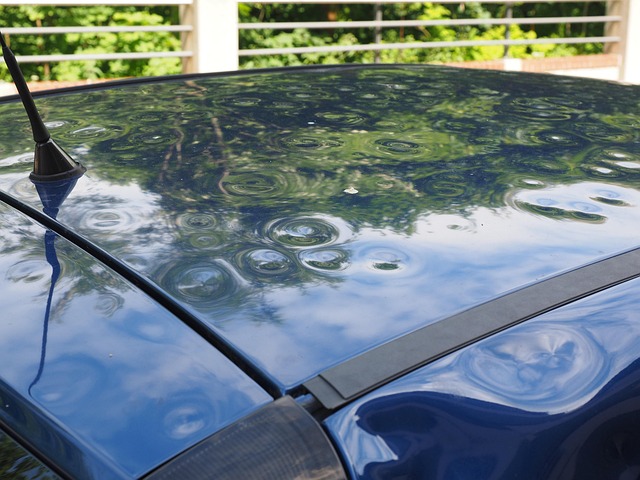
The Tesla Air Suspension System is a groundbreaking feature that revolutionizes vehicle dynamics and ride quality. It utilizes compressed air to adjust the height and stiffness of each wheel, providing unparalleled control over the car’s interaction with the road. This advanced system consists of sensors, modules, and actuators working in harmony to ensure a smooth and adaptive ride. Understanding how this intricate network functions is crucial when undertaking Tesla air suspension repair, especially for sensor or module replacement tasks.
Proper maintenance and timely repairs are essential to preserve the system’s efficiency. Sensors play a vital role by monitoring wheel position, pressure, and other parameters, while modules process this data to make necessary adjustments. If these components fail or require replacement, it can impact the overall performance, stability, and safety of the vehicle. Therefore, when addressing Tesla air suspension repair, whether for sensor calibration issues or faulty module replacements, car body restoration and vehicle restoration techniques come into play to ensure precise adjustments and a seamless integration of new parts, alongside other critical services like auto glass replacement, for a fully revitalized driving experience.
Identifying Faulty Sensors or Modules
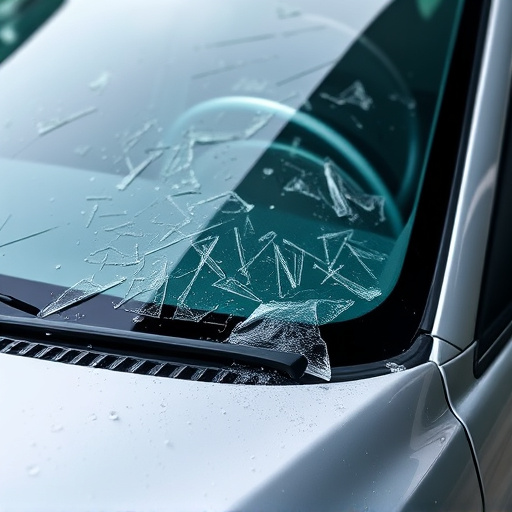
When it comes to Tesla air suspension systems, faulty sensors or modules can cause a range of issues, from uneven ride height to unpredictable behavior. The first step in Tesla air suspension repair is identifying the problematic component. Technicians often begin by checking for power supply issues, ensuring that the sensors and modules are receiving the correct voltage. A multimeter can be used to verify this, allowing them to quickly rule out or confirm power-related problems.
Visual inspection plays a crucial role as well. Signs of damage, corrosion, or loose connections in the sensor or module housing can indicate a need for replacement. Moreover, monitoring diagnostic codes stored in the vehicle’s computer can provide clues about specific components causing trouble, such as sensors detecting incorrect air pressure readings. This process combines both technical expertise and keen observation to effectively pinpoint the source of the problem during Tesla air suspension repair, ensuring that only the faulty sensor or module is replaced, streamlining the overall car dent repair or vehicle paint repair process.
Step-by-Step Replacement Guide
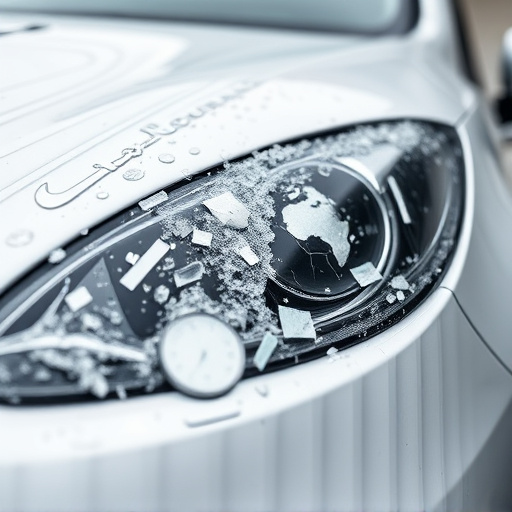
Performing a Tesla air suspension repair, particularly for sensor or module replacement, requires careful attention to detail. Start by raising the vehicle using a reliable jack and securing it with wheel chocks for safety. Next, locate the specific air suspension component needing replacement, typically found near the wheels. Turn off the ignition and disconnect the battery to avoid any electrical surges that could damage newly installed parts.
Using a variety of tools including sockets, ratchets, and torques wrenches, carefully remove the old sensor or module. Double-check compatibility with Tesla’s specifications. Install the new part, ensuring it’s securely fastened according to manufacturer guidelines. Once complete, lower the vehicle and verify all connections are tight. Test drive the car to ensure smooth operation of the air suspension system, effectively completing your Tesla air suspension repair.
Tesla air suspension systems require periodic maintenance, and sensor or module replacement is a common task for owners. By understanding the system’s functionality and following the step-by-step guide provided, you can effectively diagnose and resolve issues, ensuring your Tesla maintains its smooth and adjustable ride quality. For those tackling Tesla air suspension repair, this guide offers practical insights to navigate through the process with confidence.

